Understanding Fractals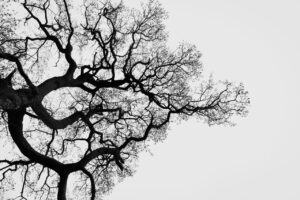
Fractals are everywhere. Such a grand statement requires explanation. Fractals are geometric shapes or patterns that repeat at different scales, meaning they look similar or identical when you zoom in or out. They exhibit self-similarity, where each small part of the shape resembles the whole structure. Think of a snowflake, a fern leaf, or branches on a tree as examples of fractals in nature. It appears when nature creates form; fractals are one of the staples in design.
Since we are part of nature, is it any wonder that fractals are also in us? We have fractal structures through the branching systems in our veins, bronchial tubes, and even in the neurons in our brains, which form trillions of connections. If nature creatively embeds fractals in us, it stands to reason that we do the same in our creative endeavors. It is in this realm that we find fractals in stories.
To understand this concept more, we must look closer into natural fractals to know how they form and produce some of the most complex shapes from simple design – often exhibiting intriguing beauty. Let’s examine a fractal in nature everyone knows – a snowflake.
We have all heard, “No two snowflakes are alike.” This is true, but only from a particular perspective; the beginning stages look universally similar in form. The early crystalline structure is relatively simple and does not have much divergence in form. The magic happens when the snowflake journeys downward and is exposed to all the environmental influences. Sensitivity to initial conditions makes unique changes in the structure and growth. Wind, air pressure, humidity, and temperature affect each snowflake in minute and individual ways, producing a unique identity. Combining innate growth patterns and diverse environmental influences allows snowflakes to have fractal structures and unique appearances. More simply stated, they are universally recognized and yet one of a kind.
Discovering fractals in stories
In storytelling, universality and uniqueness converge in a dazzling display of creativity and imagination, much like the intricate beauty of a snowflake. While stories may share common archetypal roots and themes, each narrative unfolds distinctly and singularly, reflecting the infinite variations of human experience and perception. Like snowflakes falling from the sky, no two stories are exactly alike, yet all bear the imprint of the universal archetypal patterns that bind us together, transcending time and space.
The enigmatic interplay of archetypal motifs unfolds like an interconnected web of infinite complexity, echoing the fractal nature of the cosmos itself; in this light, stories are fractal, moving from simple, universal forms to intricately refined and highly unique narratives. Just as a fractal pattern expands and evolves with each iteration, so too do stories progress from their primal archetypal forms to the exquisitely nuanced and highly individualized narratives that captivate our imagination. Just as the snowflake forms through a confluence of its innate deterministic structure and the creative forces of its environment, so do the story’s images, symbols, characters, and plots, defined by their archetypal essence and innovative context.
In the cosmic dance of narrative creation, storytellers act as co-creators with the archetypes, shaping and sculpting the raw material of universal symbols into stories that resonate with the human soul. As Carl Jung, the pioneer in archetypal theory, envisioned, the intertwining of archetypal motifs and individual expression gives rise to a wondrous array of narratives that span the spectrum from the simple to the sublime, the universal to the uniquely personal.

In the parts, we find the whole
A fractal pattern remains no matter how deep you journey inward or outward. When we marvel at its beauty, the macro and micro patterns bring us into a trance-like state. Looking at a fern, you see each part as a replica of the whole. No matter where your eye looks, the form of the fern is there. As nature combines symmetry and replicated forms with a touch of variability, it pleases the eye and creates a sense of wonder.
The same holds in archetypal stories. The images and symbols shape the container of the story, while paradoxically, the story provides the structure for the meaning of images and symbols to emerge. This phenomenon may seem contradictory to the logical mind, but this self-referential system is how most organisms operate. Iteration and feedback are cornerstones of life and energetic systems. Stories are no different.
The story integrates its theme into its parts and the part’s feedback into the whole story. It creates a recursive, dynamic feedback loop – better envisioned as an evolving spiral. All the parts coherently orbit around a central axis. Change, novelty, and, most importantly, creativity can be introduced but do not affect the fidelity of the larger underlying archetypal pattern or motif. This is how stories evolve around an archetypal theme without repeating a cycle that traps its energy. Fractals allow tremendous diversity to a familiar pattern or archetypal structure.
Let’s look at an example of a famous story that is familiar to many people: ‘The Lion, the Witch and the Wardrobe’ by C.S. Lewis. The wardrobe is a central symbol that represents a portal or threshold. In stories, a threshold involves a transitory place between two worlds: familiar and profane, unknown and mystical.
In the novel, the Pevensie siblings – Peter, Susan, Edmund, and Lucy – embark on an initiatory adventure when they stumble upon the enchanted realm of Narnia hidden within a wardrobe. Through individual passages in the wardrobe, each sibling undergoes a profound transformation. Just as a snowflake’s journey unfolds uniquely in response to environmental influences, the children in the story experience personal growth and self-discovery in the face of unfamiliar challenges. The wardrobe is a symbolic portal to a liminal space where their metamorphosis occurs. Crossing this threshold entails confronting the archetype of the unknown, presenting both opportunities for profound development and risks of lasting consequences. Each character takes a divergent path, but all undergo the archetypal process of transformation, which is universal; in this light, the diversity of paths still maintains a coherent story as a whole.
Fractals between stories
Let us again turn to nature to find how the natural world has showcased self-similarity in a field of diversity. Patterns exist not only within a particular structure and its parts; they exist between other unique structures. Imagine branching systems in nature. They exist in lightning, trees, rivers, coral reefs, and many structures in the body, as mentioned. These structures demonstrate the universality of fractal geometry and its prevalence in diverse biological systems. Fractal branching systems in nature showcase the beauty of self-similar patterns repeated at different scales, reflecting the inherent complexity and interconnectedness of the natural world. Nature has settled on these branching designs because they are highly efficient in transferring energy. The same holds for the psyche when creating images and symbols – they are highly functional in transferring energy.
Just as the portal symbol creates a dynamic recursive loop between the story and its characters in ‘The Lion, the Witch, and the Wardrobe,’ we can find an archetypal motif and pattern in many other famous magical tales. Archetypal motifs bind diverse and unique stories together. ‘Alice in Wonderland, Peter Pan, The Wizard of Oz, Harry Potter, and The Matrix’ are well-known stories where the archetypal symbol of a threshold or portal is central. Each story is famous and unique in its own right but bound with the archetypal transformation motif. In this light, the symbol of a portal branches out into many diverse pathways. In the words of the poet Y.B. Yeats, ‘Though the leaves are many, the root is one.’
Becoming Fractals: The Interconnected Nature of Humanity in Narrative Threads
When we engage with a story, we become part of its fractal essence, weaving our experiences and emotions into its narrative fabric. With each reading, we delve deeper, adding layers to the evolving complexity of the storytelling. Through our interpretation and interaction, we contribute to the dynamic relationship between reader and narrative, exploring endless connections within the fractal structure of the story. By actively participating in the unfolding patterns, we embrace the infinite possibilities that stories offer, becoming integral to their ever-expanding world.
Before a story comes into being, its life already exists; for thousands of years, the pattern and archetypal structure have endured and been recounted countless times. What sets it apart are the conditions it presently encounters, molding it into a distinctive identity within a universal framework. The most astonishing aspect of how archetypes possess fractal qualities in stories is that they exist in us. When we engage a story, we enter its fractal field of influence. The archetypal motifs create a resonance between the external story and the corresponding characteristic within us, once living in potential, now alive in a synchronized dance. We don’t just view or read the story; we are part of it – we are a defining aspect of the fractal. I imagine the ‘Divine eye’ sees us as a story within a story.
To bring this home, let’s revisit how reading stories about portals and thresholds activates something deeply innate within us. In our journey through life, whether we approach a threshold with awareness or trepidation, we acknowledge the profound impact of transitioning from one realm to another.
Crossing a threshold carries a weight of significance, signaling the inevitability of transformation. Even upon returning to our ordinary reality, we are forever altered, though the full extent of change remains veiled until we cross. Much like characters in a story, we embody the experience of encountering a threshold and portal and serve as a symbolic representation of the overarching narrative, compelling us to traverse these symbolic boundaries repeatedly. Zooming out, we recognize that every preceding moment has marked a passage across a threshold, just as all future moments must do the same. While our archetypal motifs remain universal, our individual stories unfold uniquely, akin to the singular beauty of a snowflake. Fractal patterns permeate every aspect of existence. I again state – fractals are everywhere.
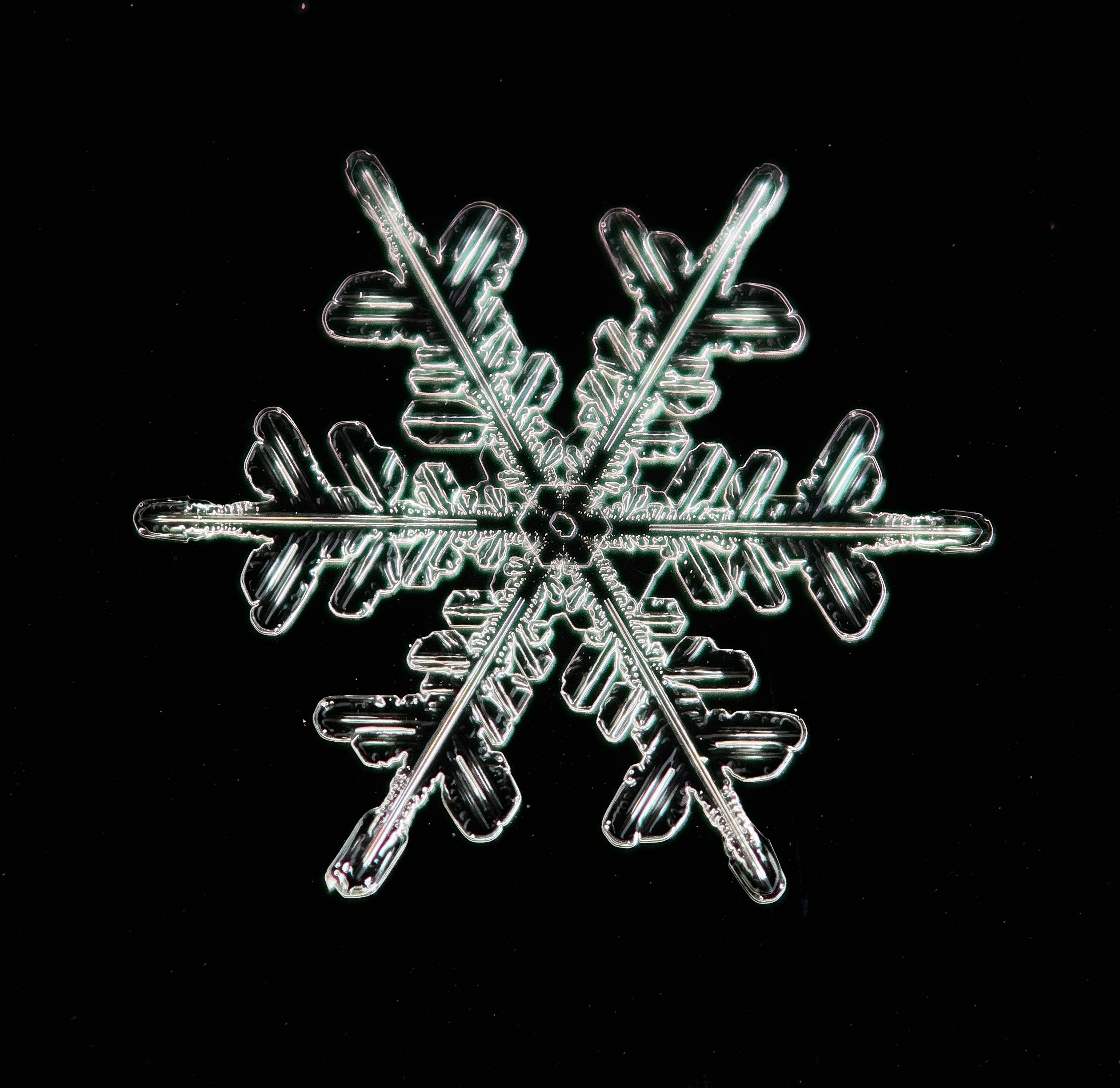
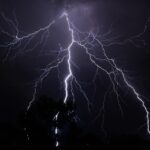
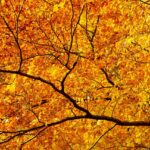

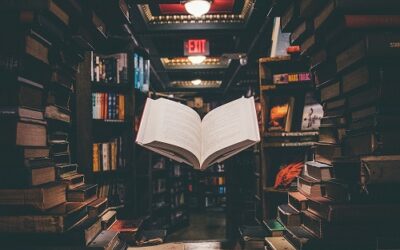

0 Comments